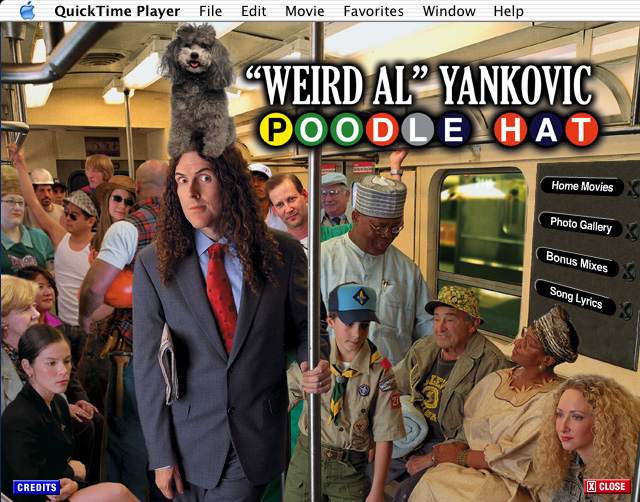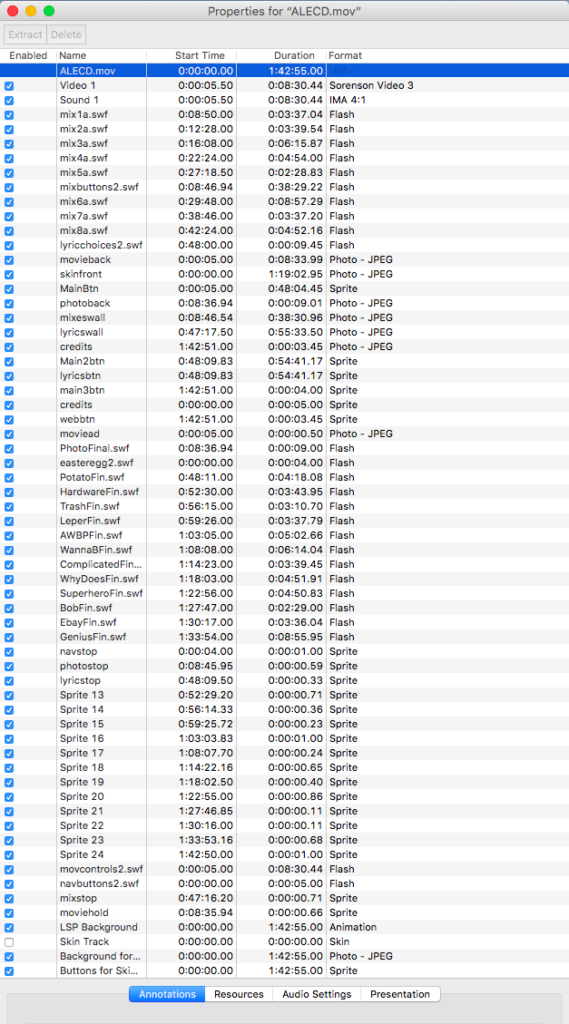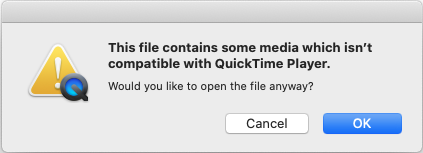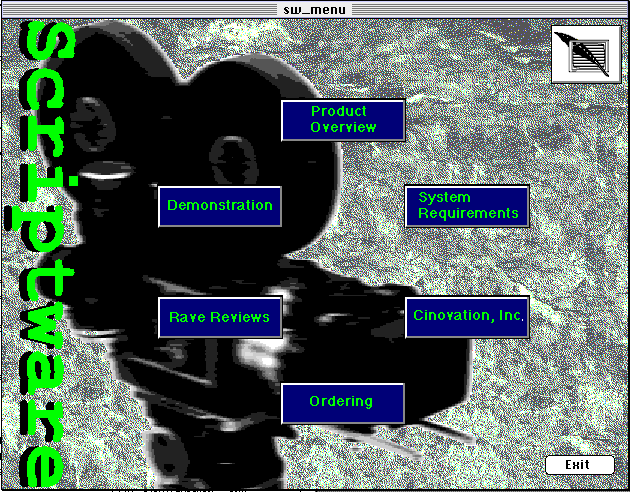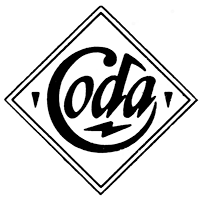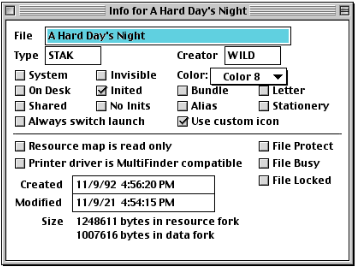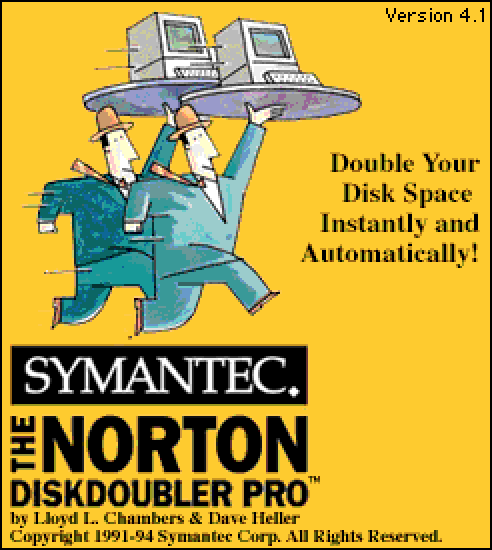There seems to be a never ending growing list of disk image formats. Many have features which are specific to the media and format. If you have ever imaged an older Macintosh floppy you know they are special. If you add in copy-protection which many early Apple II floppies have, and you need special drives, hardware, and a special format to store the floppy data.
When imaging special media, especially with unique media, it is best practice to image the floppies at the magnetic flux level.

Floppy disks contain magnetic fluctuations which are measured and recorded using specialized equipment. A popular method is using a Kryoflux board, floppy drive, and software. The software communicates with a custom controller board connected to a floppy drive through USB. If you are interested in the different controller boards, a good list has been compiled here.
A Kryoflux, fluxengine, greaseweazle, all can image specialized disks like a Macintosh 800k floppy, but the best controller board for them is an Applesauce setup. They are specifically designed to for the task. With that task, comes a few specialty formats.
A file format which can store flux data is a bit different than a regular disk image format. The flux data contains all the low-level recordings which can then be interpreted into disk images much like the original floppy. In the case of an Applesauce flux image, it can contain all the small nuances of the original floppy, this includes recording any copy protection or other creative methods used by software vendors throughout the years. The format used for storing this flux data is the A2R format.
A2R is in its third iteration. Let’s take a look at the basics of the format.
hexdump -C Samplev3.a2r | head
00000000 41 32 52 33 ff 0a 0d 0a 49 4e 46 4f 25 00 00 00 |A2R3....INFO%...|
00000010 01 41 70 70 6c 65 73 61 75 63 65 20 76 31 2e 38 |.Applesauce v1.8|
00000020 38 2e 35 20 20 20 20 20 20 20 20 20 20 20 20 20 |8.5 |
00000030 20 02 01 01 00 52 57 43 50 e9 49 6e 01 01 24 f4 | ....RWCP.In..$.|
00000040 00 00 00 00 00 00 00 00 00 00 00 00 00 43 01 00 |.............C..|
00000050 00 01 27 3a 25 00 91 d9 00 00 21 20 21 21 21 21 |..':%.....! !!!!|
00000060 1f 21 21 21 21 1f 24 5e 24 1f 21 21 20 21 24 5c |.!!!!.$^$.!! !$\|
00000070 24 20 21 21 21 1f 24 5c 25 21 21 1f 21 21 23 5b |$ !!!.$\%!!.!!#[|
00000080 25 20 21 21 21 1f 21 22 23 3f 41 3f 26 3e 43 3f |% !!!.!"#?A?&>C?|
00000090 43 5f 41 27 3d 61 41 27 3d 61 3f 28 3e 61 3f 26 |C_A'=aA'=a?(>a?&|
hexdump -C Samplev2.a2r | head
00000000 41 32 52 32 ff 0a 0d 0a 49 4e 46 4f 24 00 00 00 |A2R2....INFO$...|
00000010 01 41 70 70 6c 65 73 61 75 63 65 20 76 31 2e 31 |.Applesauce v1.1|
00000020 2e 36 20 20 20 20 20 20 20 20 20 20 20 20 20 20 |.6 |
00000030 20 02 01 01 53 54 52 4d 75 17 5d 01 00 01 e6 da | ...STRMu.].....|
00000040 00 00 83 a9 12 00 12 1e 11 13 1e 13 1e 13 11 1f |................|
00000050 21 1f 11 13 1c 14 1e 30 14 20 1e 14 1e 14 1c 14 |!......0. ......|
00000060 1c 13 11 20 21 1f 11 11 0f 13 1e 14 1c 14 2e 21 |... !..........!|
00000070 13 1e 13 1e 14 1e 11 11 20 21 1f 11 11 13 1e 1f |........ !......|
00000080 13 20 30 21 11 11 0f 13 1e 13 11 30 1f 21 20 13 |. 0!.......0.! .|
00000090 11 30 1f 14 1e 30 14 1e 11 11 11 1e 13 11 1e 14 |.0...0..........|
The A2R format uses a chunk system to store the various pieces to the format. Earlier versions used a STRM Chunk to store all the raw flux data. Version 3 changed to a RWCP Chunk to store all the raw flux data. Applesauce uses a 2-pass imaging process, doing a rapid imaging to determine where on the media surface track data exists and then a second pass that captures longer durations for processing and error correction.
Once the full raw flux data has been captured that data can be interpreted as a disk image. The Applesauce software is able to make a regular disk image, a Disk Copy 4.2 file, which are well known and identify in PRONOM as fmt/625, but can also create a couple of special disk image formats which allow for special nuances on an original disk.
The WOZ Disk Image format is an offshoot of the Applesauce project. Capturing highly accurate bit data is of no use if you don’t have a container to hold the data. The WOZ format was designed to be able to contain every possible Apple ][ disk structure and layout. It can be so accurate that even copy protected software can’t tell that it isn’t an original disk.
The WOZ format has become very popular in the Apple II community and is ideal for emulating all the old games and software titles popular in the early 1980’s. You may have guessed where the name comes from. The internet archive has a large collection of WOZ disks in their WOZ-a-Day collection. The file format of a WOZ disk image is also a chunk based format similar to the A2R format, it has two versions. Let’s take a look.
hexdump -C WOZ 1.0/Blazing Paddles (Baudville).woz | head
00000000 57 4f 5a 31 ff 0a 0d 0a f6 f5 92 d6 49 4e 46 4f |WOZ1........INFO|
00000010 3c 00 00 00 01 01 00 01 01 41 70 70 6c 65 73 61 |<........Applesa|
00000020 75 63 65 20 76 30 2e 32 36 20 20 20 20 20 20 20 |uce v0.26 |
00000030 20 20 20 20 20 20 20 20 20 00 00 00 00 00 00 00 | .......|
00000040 00 00 00 00 00 00 00 00 00 00 00 00 00 00 00 00 |................|
00000050 54 4d 41 50 a0 00 00 00 00 00 ff 01 01 01 ff 02 |TMAP............|
00000060 02 02 ff 03 03 03 ff 04 04 04 ff 05 05 05 ff 06 |................|
00000070 06 06 ff 07 07 07 ff 08 08 08 ff 09 09 09 ff 0a |................|
00000080 0a 0a ff 0b 0b 0b ff 0c 0c 0c ff 0d 0d 0d ff 0e |................|
00000090 0e 0e ff 0f 0f 0f ff 10 10 10 ff 11 11 11 ff 12 |................|
hexdump -C WOZ 2.0/Blazing Paddles (Baudville).woz | head
00000000 57 4f 5a 32 ff 0a 0d 0a 21 da c2 c8 49 4e 46 4f |WOZ2....!...INFO|
00000010 3c 00 00 00 02 01 00 01 01 41 70 70 6c 65 73 61 |<........Applesa|
00000020 75 63 65 20 76 31 2e 31 20 20 20 20 20 20 20 20 |uce v1.1 |
00000030 20 20 20 20 20 20 20 20 20 01 01 20 00 00 00 00 | .. ....|
00000040 0d 00 00 00 00 00 00 00 00 00 00 00 00 00 00 00 |................|
00000050 54 4d 41 50 a0 00 00 00 00 00 ff 01 01 01 ff 02 |TMAP............|
00000060 02 02 ff 03 03 03 ff 04 04 04 ff 05 05 05 ff 06 |................|
00000070 06 06 ff 07 07 07 ff 08 08 08 ff 09 09 09 ff 0a |................|
00000080 0a 0a ff 0b 0b 0b ff 0c 0c 0c ff 0d 0d 0d ff 0e |................|
00000090 0e 0e ff 0f 0f 0f ff 10 10 10 ff 11 11 11 ff 12 |................|
Unlike a common disk image, a WOZ image contains more than the bits on the disk, it contains a mapping of all the tracks and the associated data, this is how it can even contain copy-protection usually only possible with a physical disk. The ‘TMAP’ chunk contains a track map and the ‘TRKS’ chunk contains all the data.
What the WOZ is for the Apple II, MOOF was made for the Macintosh. You may wonder what is with the funny name, but there is a long history around “Clarus the Dogcow”. I’m sure this factoid will help you impress your friends or win at trivia night. Again, the purpose of the special format for Macintosh disks is to allow for emulating disks, even with copy protection. You can also find quite the collection of old Macintosh software in the MOOF format on the Internet Archive, even emulate your favorite game, such as Dark Castle, which I played for hours as a kid. Also a chunk based format, let’s take a look at the header.
hexdump -C Dark Castle v1.0 - Disk 1.moof | head
00000000 4d 4f 4f 46 ff 0a 0d 0a b5 75 f9 4e 49 4e 46 4f |MOOF.....u.NINFO|
00000010 3c 00 00 00 01 01 00 01 10 41 70 70 6c 65 73 61 |<........Applesa|
00000020 75 63 65 20 76 31 2e 37 33 20 20 20 20 20 20 20 |uce v1.73 |
00000030 20 20 20 20 20 20 20 20 20 00 13 00 00 00 00 00 | .......|
00000040 00 00 00 00 00 00 00 00 00 00 00 00 00 00 00 00 |................|
00000050 54 4d 41 50 a0 00 00 00 00 ff 01 ff 02 ff 03 ff |TMAP............|
00000060 04 ff 05 ff 06 ff 07 ff 08 ff 09 ff 0a ff 0b ff |................|
00000070 0c ff 0d ff 0e ff 0f ff 10 ff 11 ff 12 ff 13 ff |................|
00000080 14 ff 15 ff 16 ff 17 ff 18 ff 19 ff 1a ff 1b ff |................|
00000090 1c ff 1d ff 1e ff 1f ff 20 ff 21 ff 22 ff 23 ff |........ .!.".#.|
All three formats created for imaging and emulating Apple and Macintosh software are well documented and open. They are also well suited for preservation as they can contain extensive metadata in the INFO chunk which gives provenance information on the source of the files. The Applesauce software even has a camera to photograph the disk itself for archiving. All of this makes these formats great for preservation and emulation. Take a look at my proposal for a signature on my Github.

